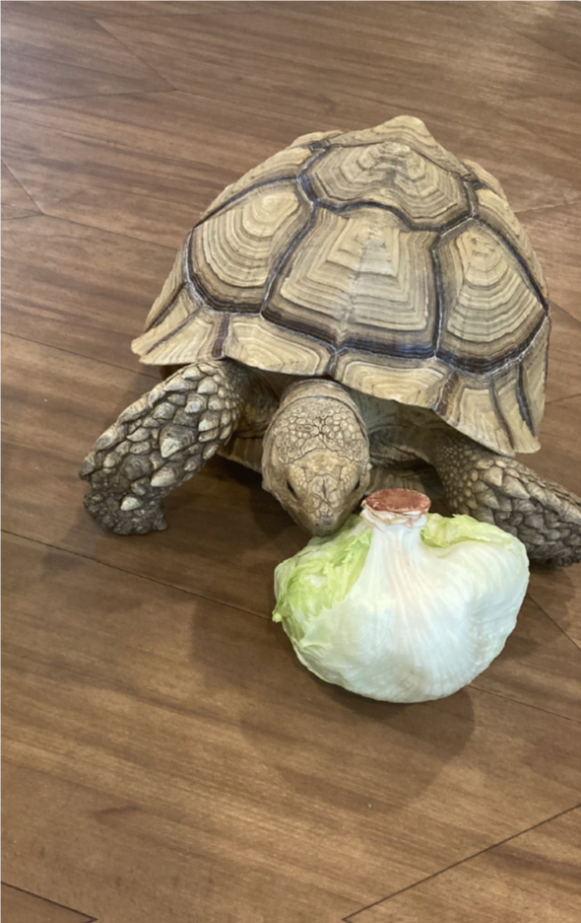Position Statements
MVMA Position Statements on Issues Impacting Animal Welfare and Veterinary Medicine
Below are MVMA’s Position Statements on a variety of topics. Please note that no MVMA position statement shall be construed as support or opposition to any particular piece of legislation or administrative rule.
Animal abuse ranges from minor neglect to willful and malicious intent to harm. Animal abuse is often an indicator of other forms of violence and studies have shown that there is a correlation between animal and human abuse. While neglectful acts may be unintentional and related to ignorance or lack of education, intentional forms of animal abuse cannot be tolerated.
Since veterinarians have a responsibility to both animals and the public, and may be the first contact with an abused animal, they should take an active role in detecting, recognizing, preventing, and reporting animal abuse.
The veterinary profession should educate its members to recognize, document and report animal abuse, develop forensic models, discuss legislation concerning reporting by veterinarians, and collaborate with other animal and human welfare groups and professionals within communities to eliminate animal abuse.
The MVMA recognizes that veterinarians have a commitment not only to animal health and welfare, but also to the promotion of public health and advancement of medical knowledge. The MVMA supports the humane and responsible use of animals in education, research, and outreach. Furthermore, the MVMA supports the policies and procedures used by institutional animal use and care committees to assure animals are used judiciously and treated humanely.
The MVMA supports the practical application of the “Three Rs” in research as guiding principles for more ethical use of animals in testing. These were first described by W.M.S. Russell and R.L. Burch. The Three Rs are:
- Replacement of animals in research whenever possible
- Reduction of the number of animals used in research
- Refinement of research protocols to minimize pain and distress, as well as to maximize the welfare of such animals used in research.
The MVMA supports strict enforcement of the regulations addressing the use of animals in education, research and outreach, and encourages adequate funding for enforcement of regulations. Furthermore, the MVMA promotes the continued review and modification of these regulations.
The MVMA encourages its members to view, evaluate, and treat all persons in any professional activity or circumstance in which they may be involved, solely as individuals on the basis of their own personal abilities, qualifications, and other relevant characteristics.
The MVMA confronts and rejects all forms of prejudice and discrimination that have led to misunderstanding, hostility and injustice. These include, but are not limited to, those based on race, ethnicity, gender, disability, sexual orientation, gender identity, parental status, religious beliefs, military or veteran status, political beliefs, geographic, socioeconomic, and educational background and any other characteristic protected under applicable federal or state law.
The MVMA believes that all animals, including homeless and shelter dogs and cats, should be treated humanely and with dignity and respect and recommends that shelters develop an ongoing relationship with a licensed veterinarian.
Euthanasia should only be performed by trained individuals using commercially manufactured euthanasia solution. Stress and anxiety should be minimized by the use of pre-euthanasia sedation when necessary and sedatives should be incorporated into the euthanasia protocol.
For adult dogs and cats it is preferred that euthanasia solution should be given intravenously; intraperitoneal injection is acceptable for cats, kittens, and small puppies.
Intra-cardiac injection of euthanasia solution is only acceptable if the animal is unconscious or anesthetized. The use of carbon dioxide or carbon monoxide gas for euthanasia of shelter dogs and cats is not acceptable.
All Michigan cats should be vaccinated against rabies. Rabies remains one of the most important zoonotic diseases in Michigan and the United States. Zoonotic infections can be of great importance because of high incidence, contagiousness, morbidity or mortality. Rabies is considered to be universally fatal.
All mammals are susceptible to rabies virus infection and potentially capable of transmitting it to humans. Every year dozens of animals test positive for rabies virus infection in Michigan. For at least the last 25 years, the domestic animal in both the United States and Michigan to most commonly test positive for rabies has been the cat, with 3-4 times more infected cats reported annually than dogs in the United States.
Vaccination of domestic animals, especially cats and dogs, is crucial. Vaccinated pets are a protective barrier between the people who own and interact with them and rabid wild animals with which their pets might have contact. Rabies vaccines of almost 100% efficacy are available for cats 3 months of age and older. We recognize there are some cats in which the public has an interest, but ownership is not established, e.g. farm or feral cats.
The Michigan Veterinary Medical Association recommends that all cats be vaccinated against rabies.



